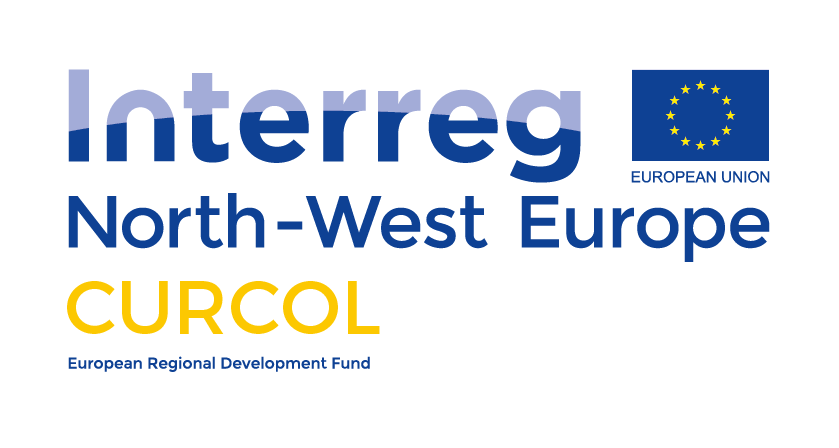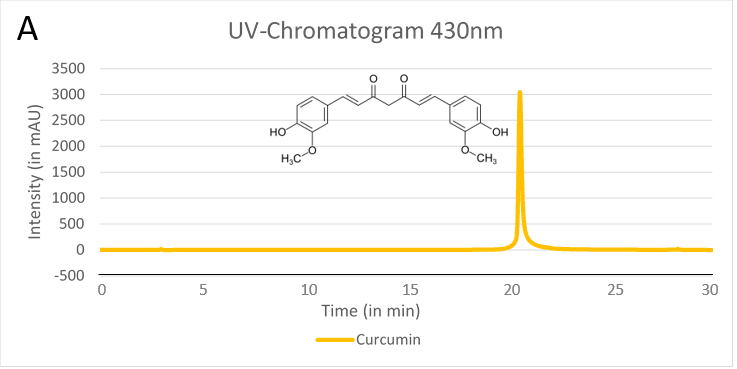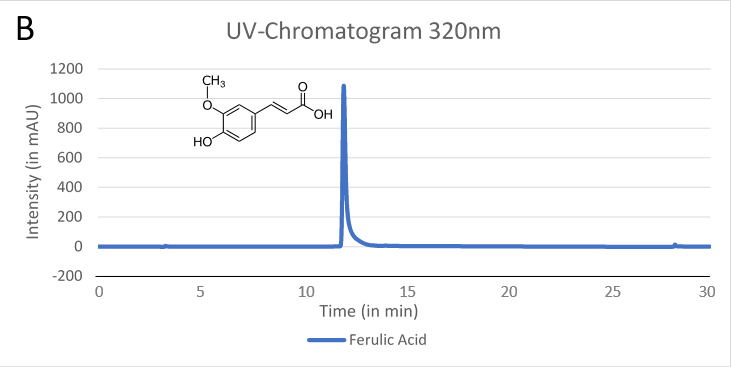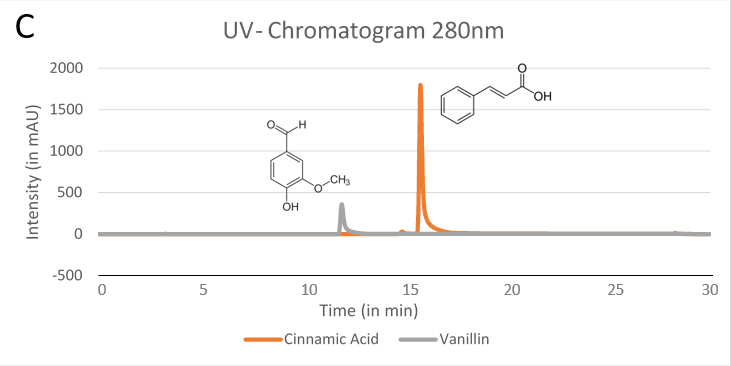Investigation of the biodegradability of the colorants derived from the CurCol project is a major factor for sustainability.
To achieve an overview of how the colorants are biodegraded and which intermediates are formed, a closer look at the whole degradation pathway is helpful. Therefore, partners from the University of Münster are looking at the microbial degradation of the natural colorant curcumin as a proof of principle.
To unravel the biodegradation pathway, curcumin- degrading microorganisms should be enriched using different environmental samples, eg.compost, turmeric rhizomes or activated sludge from a waste water treatment plant. However, finding curcumin-degrading bacteria has turned out to be difficult due to curcumin´s poor solubility in water and it´s antimicrobial properties.
To overcome these difficulty, adaptive lab evolution can be performed by enriching bacteria able to degrade substrates similar to curcumin to direct them towards curcumin degradation. With the help of naturally occurring mutations reinforced by an increasing selection rate, strains able to degrade curcumin solely might be identified.
Furthermore, a closer look at the chemical stability of curcumin and enzymatic activities towards the natural colorant will be investigated.
For more information please contact
Sc. Carolin Krämer carolin.kraemer@uni-muenster.de




